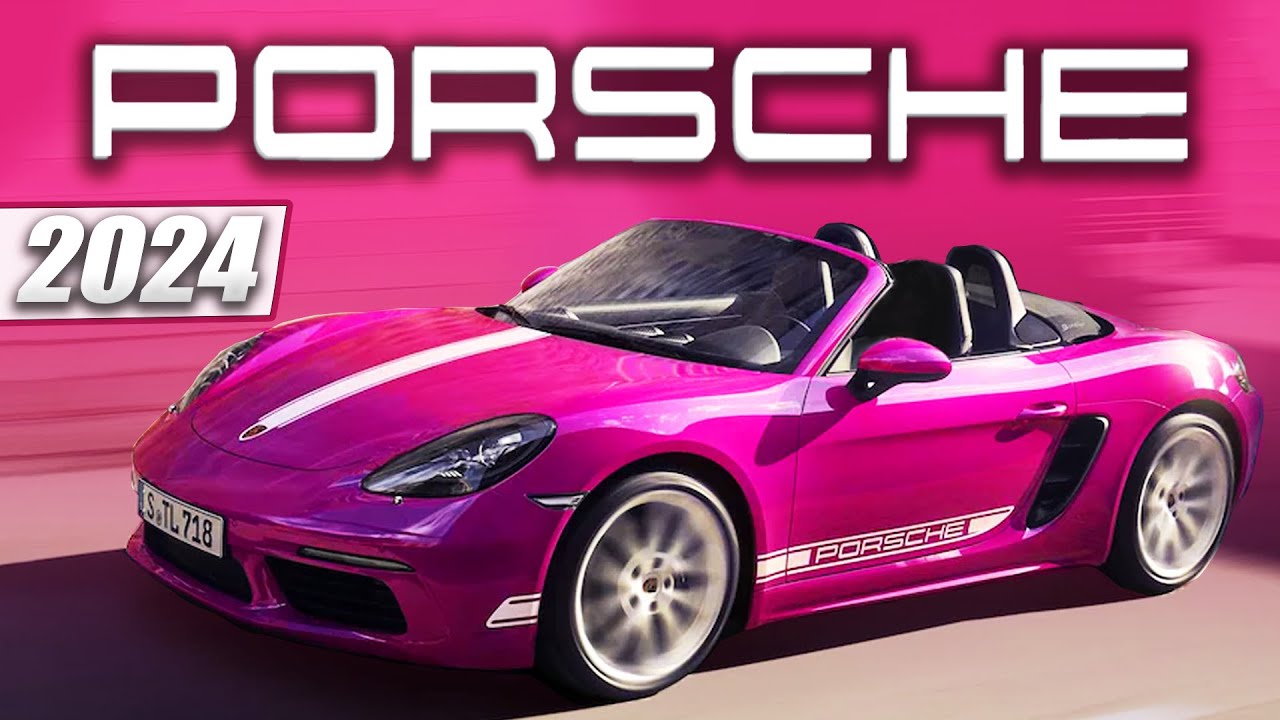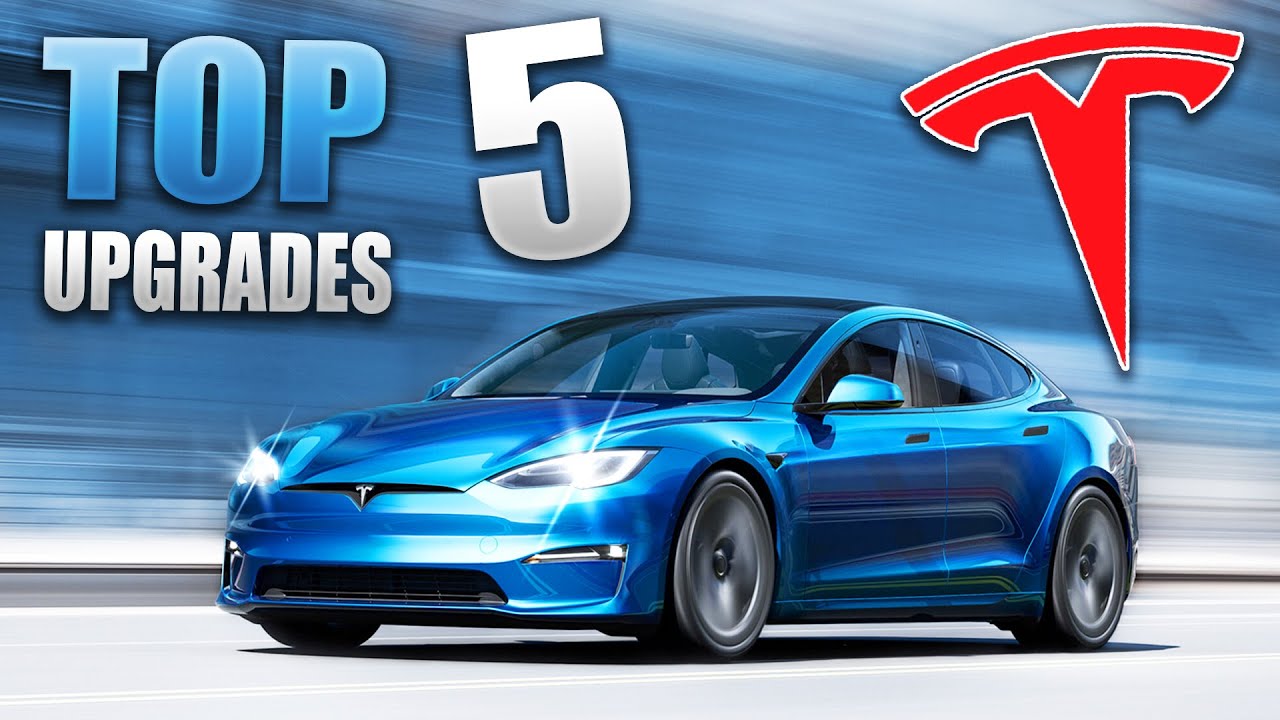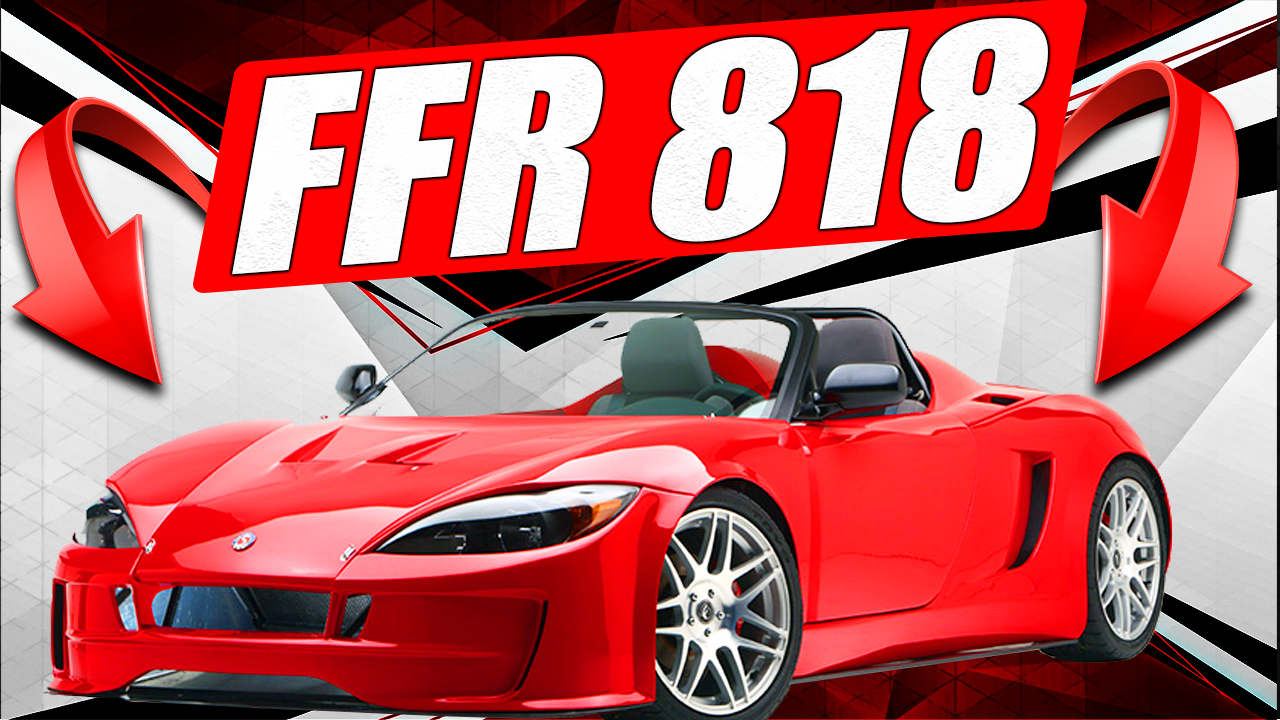Ever wonder why Mustangs cause EPIC CRASHES when leaving Cars and Coffee? It’s the difference between a car “handling like it’s on rails” and NOT. The suspension system plays a critical part in how your car handles. Whether you drive a Camry designed for comfortable cruising or a 668-horse Cadillac Blackwing with magnetic fluid-filled shocks, we’re here to educate! But first, the basics.
Understanding Suspension Systems
Fun fact. A new Camry can circle the skid pad at a higher lateral acceleration than a 20-year-old Corvette! (0.94 to 0.93 g’s) How does the comfy Camry manage this, you may be wondering? With a highly engineered suspension system! The front wheels feature the common MacPherson strut design. This is essentially a coil spring mounted over a shock absorber integrated with the wheel hub and a lower control arm. The strut extends from the wheel hub to a mounting point on the body above, and the control arm does the same thing down low.
Fun fact number two! A strut is not the same thing as a shock. Car shocks – also known as dampers or shock absorbers – are cylinders filled with hydraulic fluid, a piston, valves, and tiny holes to manage resistance as the suspension moves up and down. The level of that resistance is a key component in how the car handles. Some cars have a standalone shock with other support components. In the case of our Camry, the front STRUT is a structural component AND a damper all in one!
In the back, the current Camry rides on a double-wishbone suspension system. As the name sounds, this is essentially two wishbone-shaped arms – upper and lower – that are responsible for how the rear end handles. Each wishbone has two points of connection to the chassis and one to the wheel assembly. Running through the middle is a damper with a coil spring surrounding it. The main takeaway here is that this double wishbone, or independent rear suspension, helps keep more of the tire pressing against the road. This brings us back to those Mustangs leaving Cars and Coffee like bucking broncos!
Factory Suspension
Back in the day, most vehicles had solid rear axles, not the fancy wishbones found on the dime-a-dozen Camry today. Also known as a “live axle,” this design continues to be used today on most pickup trucks. And, up until 2015, he was responsible for the rear suspension on a Ford Mustang. Why is this important? Because the title of this video is “Why some cars handle like they’re on rails and others don’t.” Pre-2015 Mustangs with a live rear axle DO NOT possess this sought-after handling. But it was a different story starting in 2015 when Ford installed an independent rear suspension on their legendary pony car.
In solid rear axle form, you have a pair of axles protruding from the rear differential that connect to each rear wheel. Robust when run hard, this setup – combined with coil springs on the older Mustang – was great for straight-line speed. It was also far cheaper to produce than a more complex independent design. For a long time, the Mustang’s image as a stoplight racer was well suited to this suspension type. But world-class handling – not to mention ride comfort – are not the hallmarks of a live rear axle.
For one thing, the differential, axles, brakes, wheels, and tires are all connected into one big heaping pile of “unsprung mass.” So when you’re trying to clip that apex and tag the curbing, the associated impact is transferred across the entire rear suspension. This makes it feel unsettled and leaves the driver with white knuckles. The same applies to folks showing off after Cars and Coffee by standing on the gas and cutting a hard right onto the street. The rear wheels start bouncing – and losing contact with the road – and suddenly, you’re the next YouTube sensation.
In simplest terms, when Ford finally converted the entire Mustang lineup to an independent rear suspension in 2015, they helped all would-be Mario Andrettis keep both rear wheels glued to the ground. Like our previous Camry example, the Mustang’s independent rear setup allows the back wheels to move INDEPENDENTLY of one another. EUREKA! As a result, Mustangs made after 2015 can hit a corner hard and remain stable because the rear end isn’t bouncing around so wildly.
That’s not to say that driving a newer Mustang will keep you off the YouTube Epic Handling Fails reel. However, these newer steeds are far closer to handling like they’re on rails than the previous generation. In Car and Driver testing, a 2004 Mustang GT – with the live rear axle – circled the skid pad at 0.87 g’s. The same magazine measured 0.95 g’s in this test for an independently sprung 2015 GT. QUITE the improvement.
Ok, so we have the basics of factory suspension down. Let’s look to Japan for insight into the latest factory performance suspension. Specifically to learn how Honda has turned the latest Civic Type R into a miracle of modern handling.
Factory Performance Suspension
But first, an important note! With a Mustang, power is sent to the rear wheels and the front wheels’ handle steering. On the other hand, a Honda Civic combines power delivery AND steering into the front wheels. On everyday models making 158 horsepower, this generally works without drama. HOWEVER. The fire-breathing Type R is cranked up to 315 horsepower and 310 lb-ft of twist. Mash the go pedal with that much juice, and – NORMALLY – the steering wheel would attempt to free itself of your grip. VIOLENTLY. This is a terrifying side effect of high-powered Front Wheel Drive cars known as the dreaded TORQUE STEER! But fear not! The wizards at Honda have engineered a slick bit of suspension sorcery to keep the beast at bay!
Honda calls it a “dual-axis strut suspension.” The high-level explanation is that the steering knuckles and dampers are separated to increase steering axis flexibility. In normal front strut design – looking at your Camry – the “center offset” is relatively large. Center offset is the distance from the center of the wheel to the steering axis. You might not notice torque steer with Camry power levels unless you mat the gas and jerk the steering wheel simultaneously. However, with Civic Type R levels of juice, that standard setup makes for a downright scary torque steer.
To counteract this, Honda added a “damper fork,” enabling the damper and steering knuckle to move independently. This shortens the center offset AND moves the steering axis closer to the center of the wheel. VOILA! The dual-axis strut suspension puts a DAMPER on torque steer! And talk about handling it like it’s on rails! By allowing the torque and steering to work together without fighting, Honda is gunning for a new lap record at the Nürburgring for front-wheel drive cars.
Aftermarket Suspension
For all you aftermarket DIYers, we have a little something to transform your daily driver from a basic commuter to a back-road canyon carver. COILOVERS! Generally, when people mention their custom coilover install, they are talking about ADJUSTABLE coilovers. As the name implies, coilovers are, in fact, coil springs (that support the car’s weight) mounted over a shock (that dampens suspension movements), much like you would find on a regular ol’ Camry. The adjustability is where the fun – and handling improvements – begin.
On the fun side, coilovers can lower your car for sweet road-hugging looks. Expensive kits have electronic control of this height adjustment. Basic versions are modified using a wrench – by hand. Along with looking killer, a lowered car generally has the added benefit of tighter handling. It lowers your car’s center of gravity, reducing body roll and providing the feeling of flatter cornering. BUT THAT’S NOT ALL!
Some adjustable coilover kits also allow owners to adjust the damping force of the shock absorber. If you’re aiming for the feeling of “handling on rails,” this is a CRITICAL part of the equation. As we discussed earlier, the shock absorber is filled with a special type of oil. As the internal piston moves up, rebounds, and down, compression, during suspension movement, pushes that oil through valves and orifices within the shock body. The way this fluid moves is a crucial aspect of how the handling feels from behind the steering wheel.
Most cars, like a Camry, come with the settings for these components tuned to meet various road conditions and average driver expectations. With certain adjustable coilovers, YOU get to decide how the rebound and compression damping is tuned. How much adjustment you want depends on your budget – more adjustable equals more expensive. But some top-end coilover kits also include adjustments for other components of the suspension, like camber, for an even more dialed-in setup.
Given the wide variety of coilover kits from companies like Bilstein and Eibach, it can be tricky to figure out the subtle nuances of achieving perfect weight distribution and the associated otherworldly handling. Wouldn’t it be nice if there was a suspension system out there that could do it for you? A suspension that seemed to READ the road and fine-tune itself? A suspension that delivered spectacular handling? Enter Cadillac.
Unique Suspensions
Not what you were expecting? Well, we’re not talking about your grandfather’s Caddy. No. We’re talking about the ULTIMATE Cadillac. The 2023 CT5-V Blackwing, to be exact. Otherwise known as a Corvette dressed in a luxury sedan suit. The list of eye-popping specs is long, but we’re focused on the simply staggering suspension. In particular, the MagneRide dampers.
Short for Magnetic Ride Control, these adaptive wonders of modern engineering are dampers filled with magnetorheological fluid. Say it with me: MAG-NEETO-REE-O-LOGICAL! Like a traditional shock absorber, the MagneRide dampers are filled with oily fluid. The difference is that the fluid in these dampers is laced with tiny bits of iron. Rather than using valves to adjust the damping rate, MagneRide effectively alters the viscosity of the damper oil.
As with typical dampers, a piston moves up and down within the shock body during suspension movement. But Magnetic Ride Control adds electromagnetic coils within that piston. When a current is applied to the coils, it arranges the suspended magnetic particles into lines. This causes the fluid to become more resistant to flow, which translates to higher levels of damping. Altering the force of the created magnetic field alters the damping force. Pretty slick. But it gets better!
MagneRide dampers adjust on the fly – up to 1,000 times per second – automatically. An array of accelerometers within the suspension “read” the road while an inertial measurement unit measures body motion. The signals from these sensors are fed into an ECU that, in turn, manages the damping rate. As mentioned, this is happening as fast as 1000 TIMES IN ONE SECOND! It’s some seriously impressive technology. In the all-important Roadholding metric, the new Blackwing slid around the skid pad at a heady 1.02 g’s in Car and Driver testing. Not too shabby for a two-ton sedan that might not naturally be associated with handling like it’s on rails.
While Cadillac has been busy tuning their hot rods for track work, German competitor Mercedes-Benz has zeroed in on the freakish sensation of flat handling. We haven’t defined the phrase, “That car handles like it’s on rails!” So here goes. It suggests the car moves through a high-speed curve like a train on tracks – or rails. In other words, the front wheels don’t understeer, and the rear wheels don’t oversteer. In reality, there is always a limit for cars that, when reached, results in one of those two situations. But Mercedes has been working to change the whole conversation. They call it Active Body Control. Some refer to it as a magic carpet.
In fact, when Active Body Control, ABC for short, is combined with the Road Surface Scan system, Mercedes dubs it Magic Body Control. Considering the system scans the road ahead for imperfections – as small as half-inch bumps – to prep the suspension for a buttery smooth ride, it seems appropriate. There’s even a feature that will TILT the car in curves to counteract the lateral force. A car that can erase rough roads and tilt in hard corners? If that’s not handling on rails, I don’t know what is.











